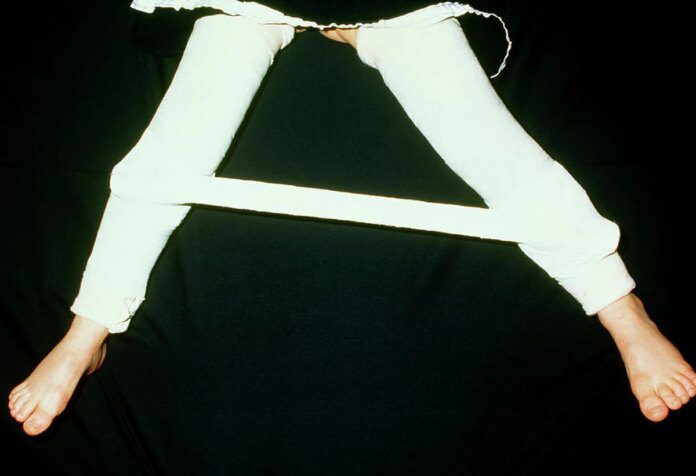
Primitive osteochondritis of the hip or Perthes disease mainly affects children between 3 and 7 years old. Approximately 85% of the children are boys.
Perthes disease is a condition characterized by ischemic necrosis of the femoral head that occurs in childhood. Doctors draw attention that all children who complain of discomfort and pain in the area of the lower limbs or limp, avoid running, playing and cannot explain exactly what hurts and do not know how to define the discomfort, must be kept under medical observation and carefully controlled. All the more so as it is observed that the pain or lameness is accentuated at the end of the day. Also, Perthes disease should be suspected when the child has had repeated episodes of hip synovitis or has a proven delay in bone age.
How is Perthes disease detected?
Once at the doctor, the diagnosis is made after taking biological samples. A normal pelvic x-ray and blood tests are performed, which can highlight inflammation in the body. The radiograph will reveal the osteochondritic process of the femoral head, even when the initial signs are hard to notice – only a specialist can read the radiograph as correctly as possible.
In many cases, bone scintigraphy provides more details about the evolution of the condition. Additionally, the front radiograph of the pelvis has the ability to provide information about the phases of osteochondritis of the hip, namely the condensation phase (the cephalic nucleus is more opaque, sometimes it keeps its normal, anatomical appearance for a long time, sometimes it starts to deform), the fragmentation phase ( the nucleus is fragmented), the reconstruction phase (the nucleus begins to remineralize and regain its shape, although most often it remains deformed, enlarged; this can generate early wear and coxarthrosis on the hip). The phases are captured radiographically and represent the evolution of the disease over a period of 3-5 years.
What does the treatment consist of?
Depending on how quickly the diagnosis is established, the treatment is prescribed, which usually lasts a year, a year and a half. Rarely does it take a longer period of time to heal. In most cases, the treatment consists in unloading the hip through physical therapy techniques, sometimes with surgical indications. A program of kinetotherapeutic exercises carried out daily develops the coxofemoral joint (induces a vascularization adequate to the effort) and has the ability to remodel harmoniously throughout the growth period, because the osteochondritic process once triggered lasts for several years.
For children under 5 years of age, the therapeutic hope does not include surgical intervention, but the kinetic intervention must be done seriously, in a professional center.
photo: fineartamerica.com






































